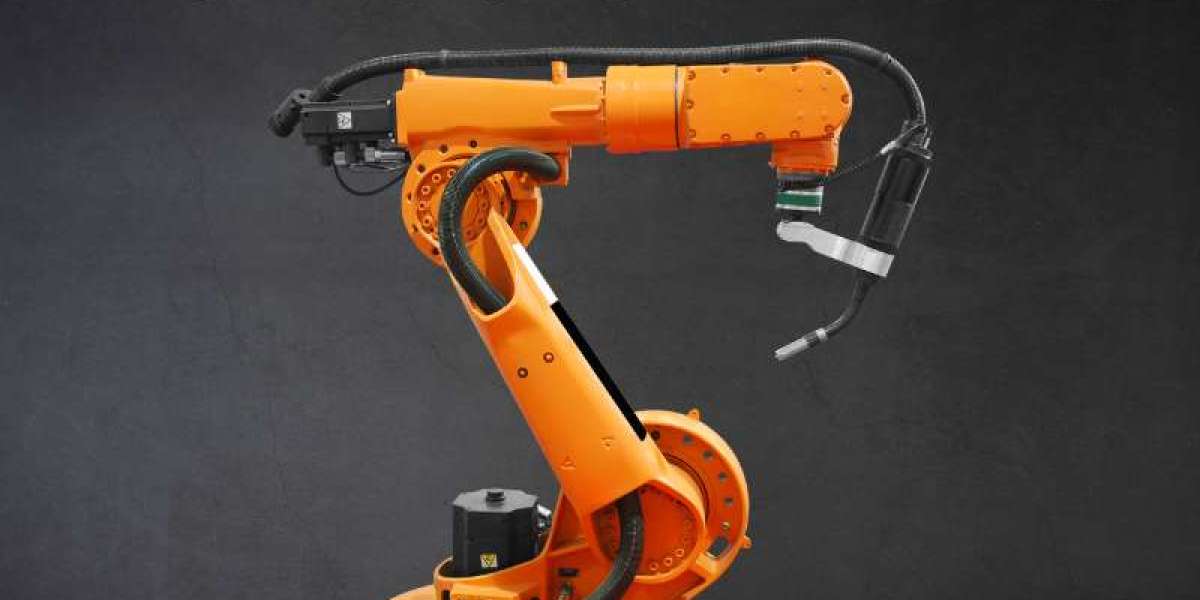In today’s highly competitive manufacturing landscape, precision and efficiency are more than just buzzwords—they're essential for survival. One technology that's leading this transformation is robotic arms. These advanced machines are no longer limited to sci-fi movies or mega factories. From small-scale assembly lines to high-end aerospace production, robotic arms are making a massive impact on how products are made with pinpoint accuracy.
What Are Robotic Arms?
At their core, robotic arms are programmable mechanical devices designed to replicate the movement and precision of a human arm. Equipped with sensors, software, and advanced motion control, these machines can perform a wide range of tasks—from welding and assembly to painting and material handling. But what makes robotic arms truly game-changing is their ability to work tirelessly and consistently, without the human limitations of fatigue or error.
The Role of Robotic Arms in Precision Manufacturing
Precision manufacturing is all about tight tolerances and minimal errors. Whether it's producing microchips or assembling components in medical devices, there's no room for mistakes. That’s where robotic arms shine.
By using robotic arms in precision manufacturing, companies benefit from:
Consistent quality: Robotic arms execute the same task identically, hundreds or even thousands of times, ensuring uniformity in production.
Micron-level accuracy: With the right calibration and software, robotic arms can handle delicate and intricate tasks that are difficult—even impossible—for humans to perform.
Reduced waste: Precision means fewer mistakes, which leads to less material waste and lower production costs.
Increased Efficiency and Cost Savings
One of the key advantages of adopting robotic arms is the significant boost in productivity. These machines can operate 24/7 without breaks, meaning your production lines never need to slow down. They also reduce the risk of workplace injuries by taking on dangerous or repetitive tasks, allowing human workers to focus on more strategic, high-level roles.
Though the initial investment might seem high, the return on investment (ROI) is undeniable. By decreasing operational downtime, reducing human error, and minimizing resource waste, robotic arms often pay for themselves in just a few months.
Industries Benefiting the Most
Robotic arms are transforming a variety of industries, including:
Automotive: For welding, painting, and component installation.
Electronics: For precise soldering and assembly of tiny parts.
Pharmaceuticals and Medical: For assembling medical devices and packaging medications with accuracy.
Aerospace: Where even the slightest miscalculation can be critical.
The Future is Automated—and Smart
With the integration of AI and machine learning, robotic arms are getting smarter. They can now adapt to different tasks, learn from errors, and even work collaboratively alongside humans (a field known as cobotics). This means the gap between man and machine is narrowing, opening up new possibilities for intelligent, flexible manufacturing setups.
Conclusion
Robotic arms are not just a trend—they're the future of precision manufacturing. Whether you're a small business looking to scale or a large manufacturer aiming for next-level efficiency, now is the time to invest in automation. With robotic arms leading the way, your production line will be smarter, faster, and more accurate than ever before.







